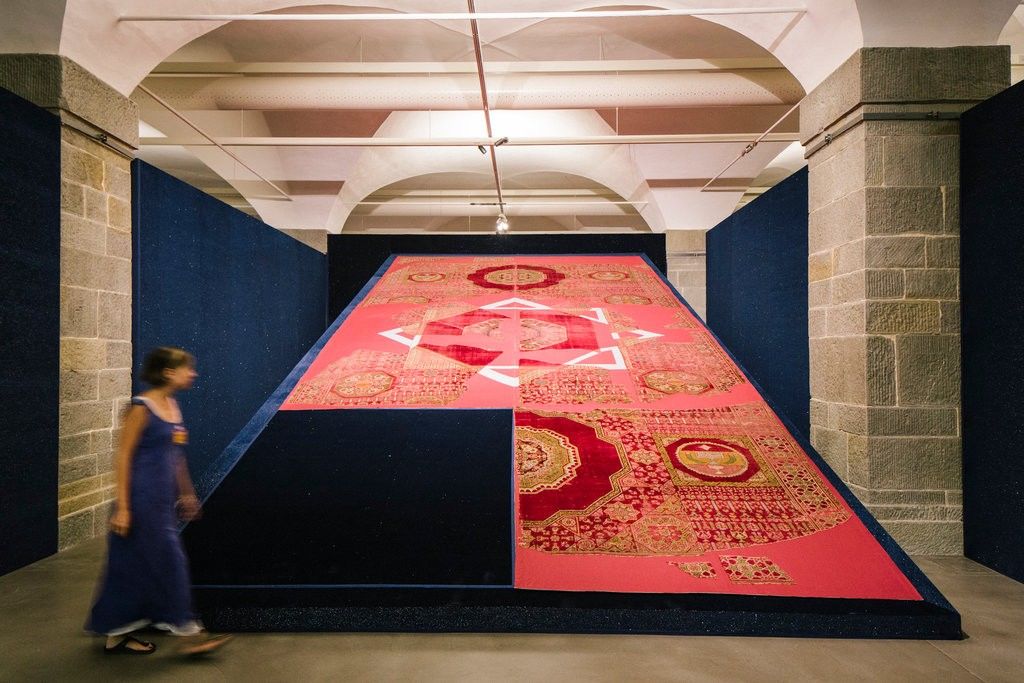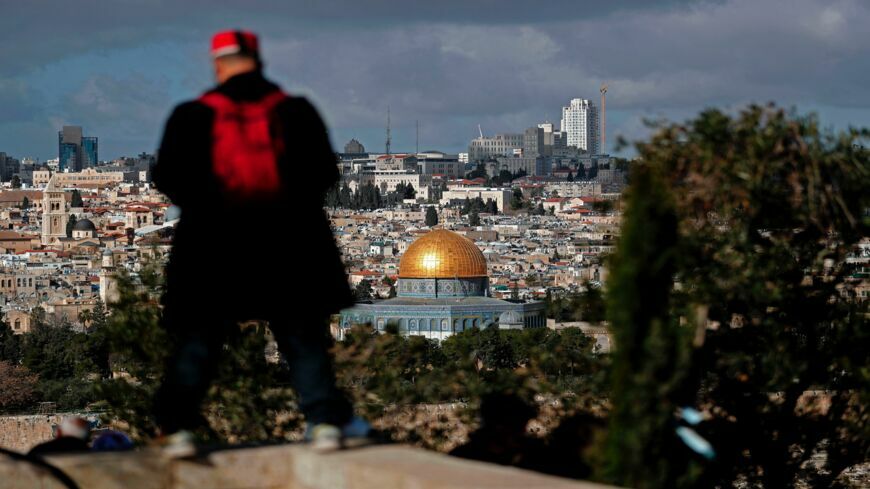
Islamic Art and Florence from the Medici to the 20th Century is an exhibition running through late September that, according to the New York Times, traces “the long-lasting and reciprocal exchanges between Florence and the Islamic world. Held at the Uffizi and at the nearby Bargello Museum, it brings together some 250 objects — ceramics, carpets, silks, manuscripts, metalwork and glassware that were given to, commissioned or acquired by people in the city over a 500-year period.”
The relationship between the Muslim world and Florence first started in the Middle Ages under the city’s power-brokers, the Medici family. Scholars say that the success of Florence during that time had a lot to do with the ability to export textiles (silk and velvet) from the Muslim world which, in turn, imported carpets, spices and raw silk along with fine glassware, ceramics and metalwork. The cultural ties between the two worlds lasted through the 19th and early 20th centuries.
The New York Times says that the Florence exhibition is a “scholarly riposte” to anti-Muslim/anti-immigrant attitudes that have started to track in Italy (mainly due to the Syrian refugee crisis). “I felt that among all the possible exhibitions, this would be a particular priority,” said Eike Schmidt, the Uffizi Gallery’s German director. “Oftentimes, there is a lack of knowledge about and comprehension of other cultures, especially Islamic culture.”



